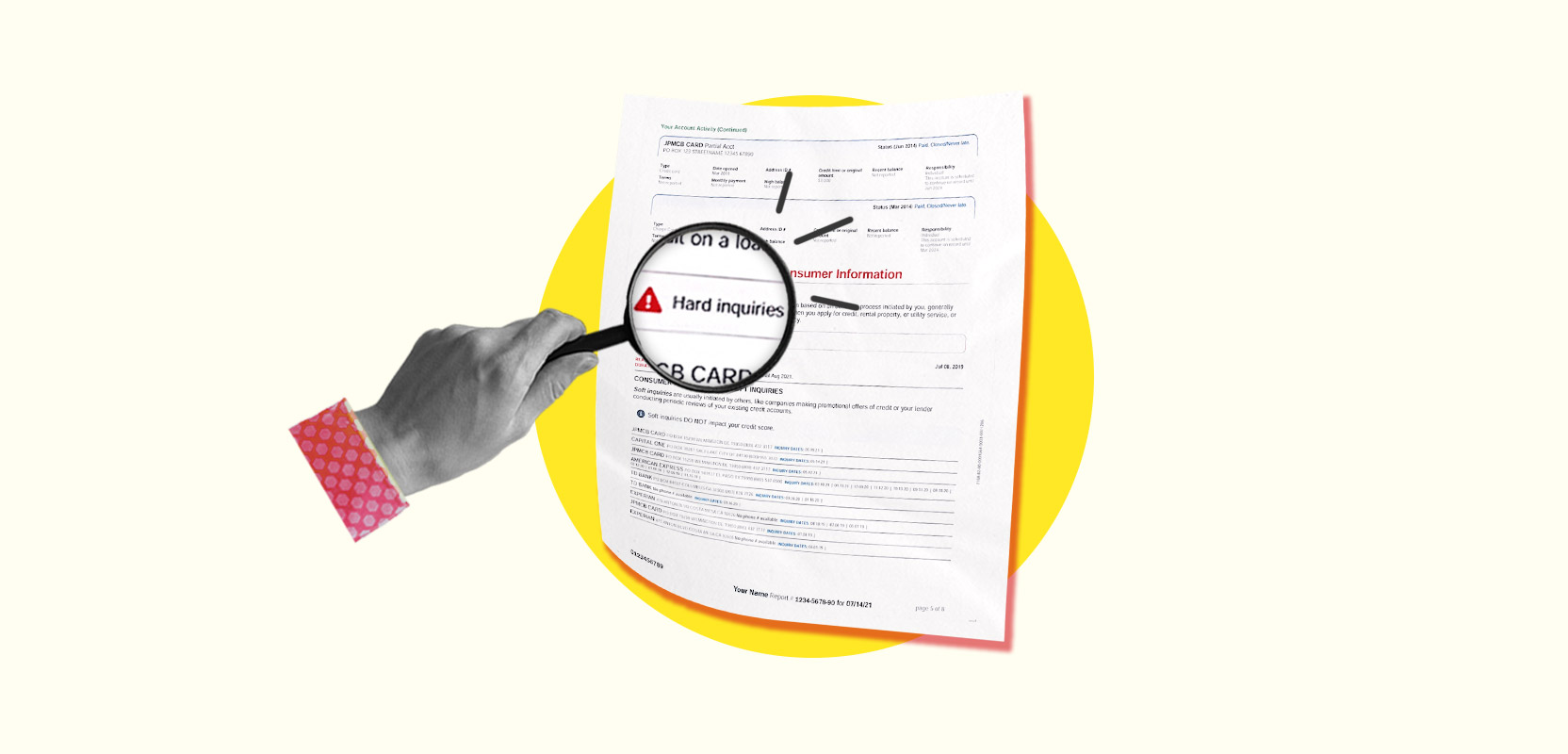

Finance
What Is Walls-In Insurance
Published: November 26, 2023
Discover what walls in insurance means and its significance in the world of finance. Learn how this concept impacts your insurance coverage and financial stability.
(Many of the links in this article redirect to a specific reviewed product. Your purchase of these products through affiliate links helps to generate commission for LiveWell, at no extra cost. Learn more)
Table of Contents
Introduction
Welcome to the world of insurance, where risks are assessed and policies are put in place to protect individuals and businesses from potential financial loss. Insurance is a complex industry with various terms and concepts that can sometimes be confusing for the average person. One such concept is “walls” in insurance.
When we think of walls, we may visualize the physical structures that provide security and separate spaces. However, in the insurance industry, the term “walls” takes on a different meaning. It refers to the internal controls and risk management mechanisms that insurers put in place to protect policyholders and ensure the financial stability of the company.
Walls in insurance are essentially the barriers and safeguards that prevent conflicts of interest, maintain ethical standards, and minimize the risk of potential abuses within an insurance company. These mechanisms are in place to promote transparency, fairness, and trust between insurers, policyholders, and other stakeholders in the insurance industry.
In this article, we will delve deeper into the concept of walls in insurance. We will explore the definition, purpose, types, benefits, challenges, and examples of walls in insurance. By the end of this article, you will have a comprehensive understanding of how walls contribute to a stable and reliable insurance industry.
Definition of Walls in Insurance
Walls in insurance, also known as “ethical walls” or “Chinese walls,” refer to the internal controls and risk management mechanisms implemented by insurance companies to prevent conflicts of interest and protect the interests of policyholders. These walls create a separation within an organization to maintain ethical standards, confidentiality, and ensure that sensitive information does not compromise the integrity of the insurance company.
These walls are metaphorical barriers that are set up to prevent certain individuals or departments within an insurance company from accessing or influencing certain types of information or decision-making processes. The purpose is to maintain fairness, transparency, and protect the privacy and rights of policyholders.
The concept of walls in insurance originates from the need to address inherent conflicts of interest that may arise in the industry. For example, an insurance company may have separate departments for underwriting policies, claims management, and investment management. These departments may involve different individuals with varying responsibilities and interests.
By implementing walls, insurance companies strive to ensure that those responsible for evaluating the risk associated with underwriting policies are not unduly influenced by information from the claims or investment departments. Similarly, the claims department should not have access to privileged information from the underwriting department or have the ability to influence the investment decisions of the company. This separation of information and decision-making processes helps prevent conflicts of interest and protects the integrity of the insurance company.
Overall, walls in insurance serve as a safeguard to ensure that the interests of policyholders are prioritized and that ethical standards are upheld within the organization. It is essential for insurance companies to establish and maintain robust walls to build trust, maintain credibility, and operate in compliance with industry regulations.
Purpose of Walls in Insurance
The purpose of walls in insurance is to uphold ethical standards, prevent conflicts of interest, protect the interests of policyholders, and ensure the financial stability of insurance companies. These walls serve as a crucial component of risk management and internal controls within the insurance industry. Let’s explore the main purposes of walls in insurance:
- Confidentiality and Privacy Protection: One of the primary purposes of walls in insurance is to protect the confidentiality and privacy of sensitive information. These walls create a separation between departments, preventing unauthorized access and ensuring that private information related to policyholders, underwriting decisions, claims, and investments remains secure.
- Conflict of Interest Prevention: Walls in insurance are designed to mitigate conflicts of interest that may arise within an insurance company. By implementing these walls, insurers ensure that individuals or departments involved in different stages of the insurance process are separate and independent. This separation helps to prevent bias, undue influence, or unfair practices that could potentially harm policyholders.
- Fair Decision-making: Walls contribute to fair decision-making processes within insurance companies. By separating the underwriting, claims, and investment departments, insurers can ensure that the evaluation of risk, claims assessments, and investment decisions are made independently and based on accurate and relevant information. This helps to maintain the integrity of the insurance company and the trust of policyholders.
- Regulatory Compliance: Implementing walls in insurance is essential for compliance with industry regulations and standards. Regulatory authorities often require insurance companies to have internal controls and risk management mechanisms in place to mitigate conflicts of interest and protect the interests of policyholders. By establishing and adhering to walls, insurers can demonstrate their commitment to regulatory compliance.
- Building Trust and Confidence: Walls in insurance play a crucial role in building trust and confidence among policyholders, shareholders, and other stakeholders. When insurers prioritize ethical standards, confidentiality, and fair practices through the implementation of walls, they enhance their reputation and strengthen their relationships with customers. Trust is vital in the insurance industry, and walls contribute to fostering that trust.
In summary, the purpose of walls in insurance is to maintain confidentiality, prevent conflicts of interest, promote fair decision-making, ensure regulatory compliance, and enhance trust and confidence in the insurance industry. By upholding these purposes, insurance companies can successfully protect policyholders, maintain ethical practices, and operate as responsible and reliable entities within the market.
Types of Walls in Insurance
Walls in insurance come in various forms and are implemented through different mechanisms to ensure the separation of information and decision-making processes within an insurance company. Let’s explore some of the common types of walls found in the insurance industry:
- Information Barriers: Information barriers, also known as communication walls, are physical or virtual barriers that restrict the flow of information between different departments or individuals within an insurance company. These barriers prevent the unauthorized sharing of confidential information and maintain the privacy of policyholder data.
- Employee Restrictions: Employee-based walls involve imposing restrictions on employees within an insurance company to prevent conflicts of interest. For example, employees might be restricted from having personal investments in companies that the insurance company has invested in or be prohibited from engaging in activities that could compromise the integrity of the company.
- Departmental Separation: One of the most common types of walls in insurance is departmental separation. This involves creating distinct departments within the company for different functions, such as underwriting, claims management, and investment management. Each department operates independently, with limited access to information from other departments, ensuring unbiased decision-making and reducing the risk of conflicts of interest.
- Restricted Access: Implementing restricted access walls involves granting specific employees or departments limited access to certain information or systems within the insurance company. This helps prevent unauthorized access and ensures that only authorized personnel can access sensitive data or influence decision-making processes.
- Conflict of Interest Policies: Insurance companies often have robust conflict of interest policies in place to minimize the impact of conflicts of interest on decision-making processes. These policies outline the expectations, rules, and procedures that employees must follow to avoid any conflicts of interest that may arise in relation to their roles and responsibilities within the company.
It is important to note that the specific types of walls implemented by insurance companies may vary depending on the size, nature of operations, and regulatory requirements. Insurance companies must carefully evaluate their unique needs and risks to determine the most appropriate types of walls to implement.
By implementing these walls, insurance companies can establish a clear separation of functions, maintain confidentiality, and prevent conflicts of interest, reinforcing the trust and confidence of policyholders and stakeholders in the insurance industry.
Benefits of Walls in Insurance
Walls in insurance provide several benefits for insurance companies, policyholders, and stakeholders in the industry. These benefits contribute to the overall integrity, stability, and trustworthiness of the insurance industry. Let’s explore some of the key benefits of implementing walls in insurance:
- Protection of Policyholder Interests: One of the primary benefits of walls in insurance is the protection of policyholder interests. By implementing walls, insurance companies ensure that decisions regarding underwriting, claims management, and investments are made independently and without any conflicts of interest. This helps safeguard the rights and financial well-being of policyholders.
- Confidentiality and Privacy: Walls in insurance help to maintain confidentiality and privacy of sensitive information. Policyholder data, underwriting decisions, claims information, and investment strategies are kept secure and accessible only to authorized individuals or departments. This enhances customer trust, as policyholders can feel confident that their personal information is protected.
- Compliance with Regulatory Requirements: Implementing walls is crucial for insurance companies to comply with regulatory requirements and industry standards. Regulators often mandate the establishment of internal controls and risk management mechanisms, including walls, to mitigate conflicts of interest and protect the interests of policyholders. Compliance with these requirements helps maintain the company’s reputation and avoids potential legal or regulatory consequences.
- Enhanced Transparency and Accountability: Walls promote transparency and accountability within insurance companies. By separating the functions of different departments and ensuring independence in decision-making, insurers can demonstrate fairness and eliminate any biases or potential manipulation. This transparency builds trust among policyholders and stakeholders, who can have confidence that their insurance company operates with integrity.
- Mitigation of Conflicts of Interest: Walls effectively mitigate conflicts of interest within insurance companies. By separating departments, restricting access to information, and implementing ethical guidelines, insurers prevent individuals from exerting undue influence, acting on personal interests, or engaging in activities that could compromise the company’s integrity. This creates a level playing field and ensures fair treatment of policyholders.
- Strengthened Risk Management: Walls play a crucial role in risk management within insurance companies. They help maintain the separation of duties, prevent collusion, and ensure that risk assessments, claim evaluations, and investment decisions are made independently and objectively. This strengthens the company’s risk management framework and reduces the potential for errors or improper practices.
Overall, the benefits of walls in insurance include the protection of policyholder interests, confidentiality, regulatory compliance, enhanced transparency, accountability, conflict of interest mitigation, and strengthened risk management. By implementing robust walls, insurance companies can cultivate trust, operate ethically, and create a stable and reliable environment for policyholders and stakeholders in the insurance industry.
Challenges in Implementing Walls in Insurance
While walls in insurance offer significant benefits, they also come with their fair share of challenges. Implementing effective walls requires careful planning, coordination, and ongoing monitoring. Let’s explore some of the common challenges in implementing walls in insurance:
- Organizational Culture: One of the primary challenges is shifting the organizational culture to embrace the concept of walls. Resistance to change and a lack of awareness or understanding of the importance of walls can hinder their successful implementation. Insurance companies need to foster a culture that values ethical practices and emphasizes the need for separation of duties and responsibilities.
- Clear Communication: Clear and consistent communication is essential in successfully implementing walls. All employees must understand the purpose, benefits, and procedures associated with the walls. Lack of communication or ineffective communication can lead to confusion, misunderstandings, and potential breaches in information security or conflicts of interest.
- Resource Allocation: Implementing and maintaining walls in insurance requires adequate resources, including financial investment, technology infrastructure, and skilled personnel. Smaller insurance companies may face challenges in allocating sufficient resources to establish and sustain effective walls, potentially leaving them more vulnerable to conflicts of interest or breaches of privacy.
- Monitoring and Enforcement: Ensuring that walls are consistently monitored and enforced poses a challenge. It requires ongoing supervision, periodic audits, and proactive measures to detect and address any breaches or violations. Implementing robust monitoring systems and processes is necessary to maintain the integrity of the walls and prevent potential conflicts of interest.
- Information Sharing: While walls are designed to restrict information sharing between departments, it is essential to strike a balance. Effective communication and collaboration are still necessary for the efficient operation of an insurance company. Ensuring that essential information flows appropriately while preventing the sharing of sensitive or confidential data poses a challenge in implementing walls.
- Emerging Technologies: With the digital transformation of the insurance industry, the emergence of new technologies presents both opportunities and challenges. Technologies such as cloud computing, remote access, and digital communication platforms require robust security measures to protect sensitive information. Insurance companies must adapt and update their walls to address potential risks associated with these technologies.
Overcoming these challenges requires a proactive approach, strong leadership, and a commitment to ethical practices. Insurance companies must prioritize employee training, establish clear policies and procedures, and regularly assess the effectiveness of their walls to address any gaps or evolving risks.
Despite the challenges, implementing effective walls in insurance is crucial to promote transparency, protect policyholder interests, and maintain the trust and credibility of the industry. By addressing and overcoming these challenges, insurance companies can ensure the successful implementation and ongoing effectiveness of their walls.
Examples of Walls in Insurance
Walls in insurance can take various forms depending on the specific needs and requirements of an insurance company. Here are a few examples of how walls are implemented within the insurance industry:
- Underwriting and Claims Separation: One common example of walls in insurance is the separation between the underwriting and claims departments. This ensures that those responsible for evaluating and determining risks associated with underwriting policies are independent of those responsible for assessing and processing claims. This separation helps mitigate conflicts of interest and maintains the integrity of the claims evaluation process.
- Investment Management Independence: Insurance companies often have separate investment management departments or teams who are responsible for managing the company’s investment portfolio. By establishing walls, insurers ensure that the investment decisions are made independently, without the influence of other departments. This separation helps maintain the appropriate balance of risk and ensures that investment decisions are made in the best interests of policyholders and shareholders.
- Information Security Measures: Walls can also manifest in measures implemented to safeguard the confidentiality and integrity of sensitive information. This may include guidelines on secure data storage and transmission, restricted access to certain databases or systems, and protocols for handling and disposing of confidential documents. These information security measures contribute to the protection of policyholder data and prevent unauthorized access or breaches.
- Ethical Guidelines and Codes of Conduct: Insurance companies often establish ethical guidelines and codes of conduct to guide their employees’ behaviors and actions. These guidelines create a framework for ethical behavior, professionalism, and integrity within the organization. By adhering to these guidelines, employees are required to act in the best interests of policyholders and avoid potential conflicts of interest.
- Regulatory Compliance Frameworks: Regulatory authorities often require insurance companies to establish comprehensive compliance frameworks as part of their risk management practices. These frameworks include the implementation of walls to mitigate conflicts of interest, protect policyholders, and ensure regulatory compliance. Insurance companies must adhere to these regulatory requirements and regularly report on their compliance efforts.
These examples illustrate how walls in insurance can be implemented to separate responsibilities, protect sensitive information, promote ethical behavior, and comply with industry regulations. However, it is crucial to note that the specific examples and types of walls may vary depending on the size, nature, and regulatory landscape of each insurance company.
Insurance companies should carefully assess their unique needs and risks to determine the most appropriate types of walls to implement. By doing so, they can reinforce trust, maintain ethical standards, and protect the interests of policyholders and stakeholders in the insurance industry.
Conclusion
Walls in insurance play a critical role in maintaining the integrity, transparency, and trustworthiness of the insurance industry. By implementing these internal controls and risk management mechanisms, insurance companies can protect the interests of policyholders, prevent conflicts of interest, and ensure regulatory compliance.
Throughout this article, we have explored the definition, purpose, types, benefits, challenges, and examples of walls in insurance. Walls create a separation within an insurance company, establishing barriers and safeguards to maintain ethical standards, protect sensitive information, and promote fair decision-making.
The benefits of walls in insurance are numerous. They include the protection of policyholder interests, confidentiality, compliance with regulatory requirements, enhanced transparency and accountability, mitigation of conflicts of interest, and strengthened risk management. These benefits contribute to the stability, credibility, and trust of the insurance industry.
However, implementing effective walls in insurance is not without its challenges. Overcoming obstacles such as organizational culture, clear communication, resource allocation, monitoring, information sharing, and emerging technologies requires proactive measures and a commitment to ethical practices.
Despite the challenges, insurance companies must prioritize the establishment and maintenance of robust walls. By doing so, insurers can effectively mitigate conflicts of interest, protect policyholder data, operate with transparency, and build trust with policyholders and stakeholders.
In conclusion, walls in insurance serve as vital safeguards to ensure the fairness, integrity, and stability of the insurance industry. It is through the implementation and adherence to these walls that insurers can uphold ethical standards, safeguard confidentiality, and prioritize the best interests of policyholders. By recognizing the importance of walls and navigating the challenges, insurance companies can continue to foster trust, operate with transparency, and provide reliable protection for policyholders.














